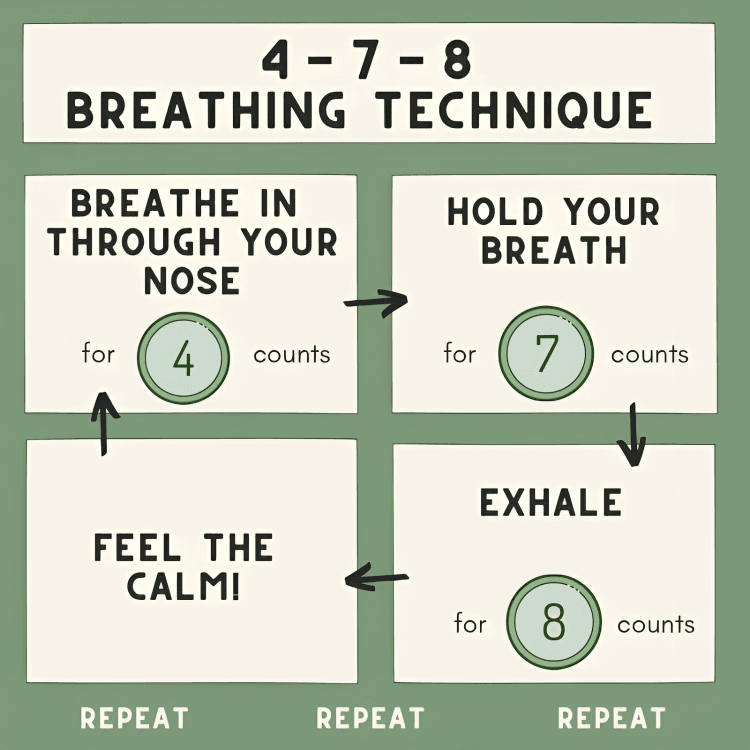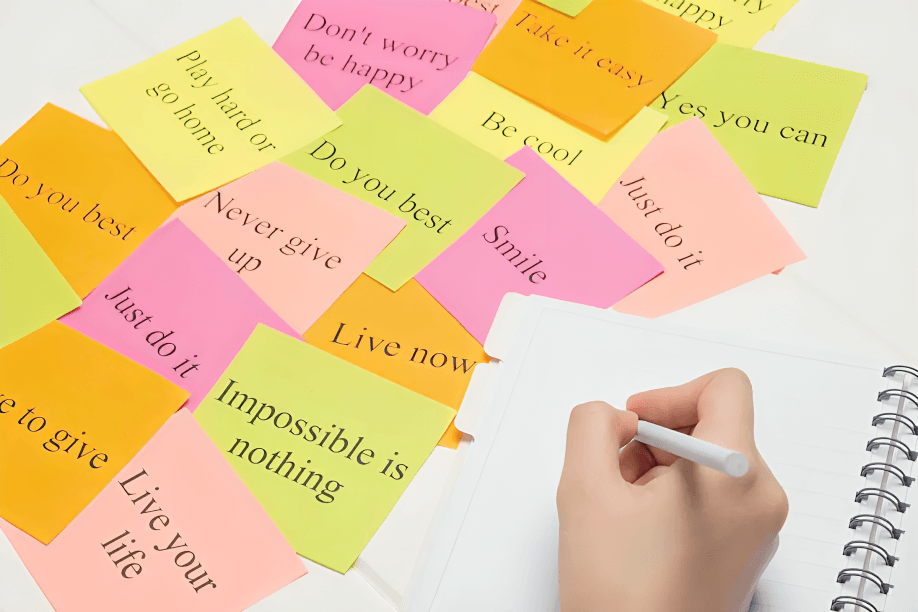
“
Learning how to manage panic attacks effectively can be life-changing for those who experience sudden waves of fear and anxiety. From breathing exercises to grounding techniques, understanding what works best is key to staying calm and focused. Whether you face occasional or frequent episodes, these strategies can help you regain control, reduce symptoms, and build long-term resilience. Discover 20 facts about how to manage panic attacks effectively that could empower your recovery and transform your daily peace of mind.1
”
The ancient Stoic philosopher Seneca advocated for "premeditatio malorum," the practice of envisioning worst-case scenarios to build resilience. This method, like imaginal exposure therapy, helps reduce fear by confronting panic-inducing thoughts. 1
Recognizing the early signs of a panic attack—such as rapid heartbeat, shortness of breath, or dizziness—allows for timely intervention. Knowing these symptoms aren't dangerous can help manage the episode better. 2

Deep breathing exercises, like the 4-7-8 technique, can activate the parasympathetic nervous system, promoting relaxation and counteracting the hyperventilation often experienced during panic attacks.
Grounding techniques, such as the 5-4-3-2-1 method, help redirect focus to the present moment by engaging all five senses, effectively reducing the intensity and grip of panic symptoms. 3
Progressive muscle relaxation involves tensing and then relaxing different muscle groups, which helps release physical tension and interrupts the body's automatic cycle of escalating anxiety and stress. 4
Engaging in light physical activity, like walking outdoors or stretching, can help dissipate excess adrenaline and physically ground the body, reducing both the duration and severity of a panic attack. 5
Cognitive-behavioral therapy (CBT) is an evidence-based treatment that helps individuals recognize, challenge, and reframe distorted thought patterns that are known to contribute directly to panic attacks.6
Identifying personal triggers, such as specific situations, memories, or environmental stressors, allows for early recognition, proactive management, and more tailored coping strategies to prevent panic attacks. 7
Limiting caffeine and alcohol intake can greatly reduce the likelihood of panic attacks, as both substances stimulate the nervous system and can exacerbate anxiety and emotional sensitivity. 8
Using a focus object, like a small textured item to hold or visually examine, can provide an effective sensory distraction and help ground individuals quickly during the peak of a panic attack. 9
Swiss-British philosopher Alain de Botton emphasizes the importance of accepting anxiety as a natural part of the human experience. Recognizing that anxiety is common and not a personal failing can reduce its power over us. 10

Repeating a calming mantra or phrase, such as “This will pass” or “I am safe now,” can offer inner reassurance and reduce the overwhelming intensity of panic symptoms through repetition.
Seeking support from friends, family, or groups, whether online or in-person, can provide emotional comfort and validation and help reduce the chronic feelings of isolation associated with panic disorders.11
Educating oneself about panic attacks and understanding the biological and psychological mechanisms behind them can help demystify the experience and significantly reduce anticipatory fear and anxiety. 12
Practicing regular relaxation techniques, such as yoga or tai chi, can significantly lower overall stress levels and decrease the frequency of panic attacks, helping individuals develop resilience over time. 13
Keeping a journal to track panic attacks can help identify personal patterns, triggers, and emotional responses, ultimately facilitating better coping strategies and allowing for more effective panic attack management. 14

Using visualization techniques, such as imagining a peaceful and serene scene, can distract the mind and promote deep relaxation during a panic attack, helping to shift focus away from overwhelming fear.
Engaging in creative activities, such as drawing, painting, or playing music, can serve as a therapeutic emotional outlet, allowing individuals to release tension and reduce anxiety levels in a healthy and productive way.15
Utilizing technology, such as mobile apps designed for anxiety management, can provide immediate support, guided exercises, and helpful resources during a panic attack, empowering individuals to cope in real time. 16
Learning and practicing interoceptive exposure, which involves intentionally inducing panic-like sensations in a controlled environment, can reduce fear of those sensations over time. 17


